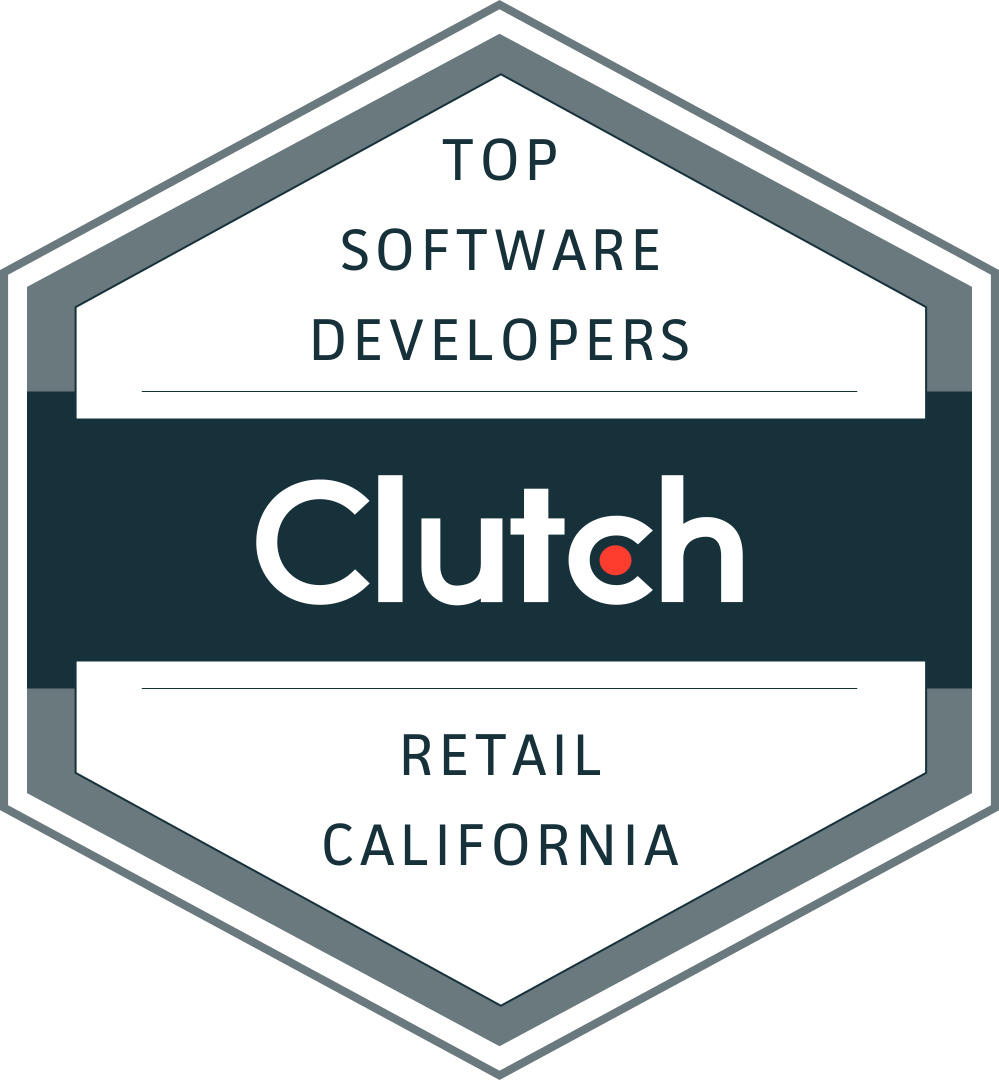Introduction In 2025, nearly every SaaS contract comes stamped with “AI included.” From EHRs to HRIS to billing tools, vendors promise instant efficiency with a single toggle switch. But here’s the catch: leaders across ABA networks, MSOs, and regional health plans are realizing these add-on AI features often come with 30–50% uplifts, vendor lock-in, and […]

When it comes to enhancing efficiency, companies must decide whether to invest in custom software development or opt for pre-made solutions.. This decision significantly impacts operational efficiency, scalability, and innovation capacity. For those grappling with the "custom vs. off-the-shelf software" dilemma, this guide serves as a resource to help you evaluate which is best for your organization. It details the paths available, shedding light on the advantages and disadvantages of each and helping identify the most suitable option for specific business needs. Let’s begin by differentiating tailored software solutions from pre-packaged applications, equipping you with the necessary insights for more informed decision-making.
What Is Off-The-Shelf Software?
Off-the-shelf software, encompassing both Software as a Service (SaaS) and Platform as a Service (PaaS), offers pre-packaged solutions for a broad spectrum of users. These applications, including CRM systems like Salesforce, EHRS like EZ Cap, accounting software like Quickbooks, email services including Gmail, and media players like Elmedia, are prized for their affordability and rapid deployment capabilities. Designed for mass market appeal, they often integrate seamlessly with many but perhaps not all of your existing systems, eliminating the need for extensive development investment and making them a cost-effective alternative to custom-built software...at least initially.
However, the primary limitation of off-the-shelf software lies in its limited scalability and customization. While some level of customization is possible, the basic features provided often fall short of fulfilling comprehensive and different business requirements for each of your departments that use that system. And accessing the full suite of capabilities typically requires subscribing to premium plans, which may, over time, amount to higher costs than those associated with developing custom software. Furthermore, as your organization grows, it becomes increasingly costly, and for every new employee, you now have yet another annual subscription cost to bear.

Off-the-shelf solutions, catering to the general needs of a wide audience, emphasize convenience through quick setup and user-friendly interfaces. These applications serve various functions, from enhancing productivity to managing customer relationships and streamlining enterprise operations. Despite their initial cost-efficiency and ease of implementation, businesses may find that these ready-made software options offer less flexibility and scalability than tailor-made software, potentially leading to increased long-term expenses for companies seeking to fully leverage these technologies.
Pros of Off-the-Shelf Software
- Readiness: Off-the-shelf software can be quickly downloaded and deployed, providing immediate business functionality with minimal setup time.
- Cost-Effectiveness: With a subscription, these solutions often present a lower upfront investment compared to custom-developed software.
- Reliability: Being widely used, off-the-shelf software solutions are regularly updated and supported by a large user community and can come with dedicated customer service.
- Ease of Use: These applications are designed for a broad audience, ensuring user-friendly interfaces and documentation.
Cons of Off-the-Shelf Software
- Lack of Customization: A big drawback is the limited ability to tailor these solutions to meet the unique needs of a specific business. While these software companies offer updates for their applications, these updates are driven by the larger customer segments and occur at the pace and timing that the software company chooses.
- High Annual Costs/Subscription Fees: While initial costs are lower, subscription-based models can become expensive over time, especially for software that charges on a per user basis. The more users you add, the higher the cost. We often see that if you do the math of creating a custom application versus paying subscription fees for 2 years or more, a custom software application can be much less costly over time. It really becomes evident when you take the math 5 and 10 years out.
- New Functionalities Added on Their Schedule Not Yours-As your company grows and needs change, you need new software functionality when and where you need it. This rarely matches up with when an off the shelf software company is adding the functionality that you are looking for.
- Dependency: If a software vendor changes their pricing model or goes out of business, this can greatly affect your organization and make it difficult to operate. When you own your software, you are in control because you own the software code and have the ability to have any number of software development firms or your own developers make changes as needed.
What Is Custom Software?
Custom software is crafted to cater to the unique needs and demands of a business, ensuring that the application is built for each of your key department’s workflows. Further it is devoid of unnecessary features and excess code, which enhances its performance and adoption significantly over off-the-shelf alternatives. Opting for custom web development services guarantees a solution that is perfectly aligned with your operational, functional, and technical requirements, providing unmatched personalization and flexibility. These tailor-made applications, including voice recognition systems, streaming platforms, banking applications, and healthcare management solutions, can infinitely scale and adapt as your business evolves, enabling the automation and refinement of daily operations within any budgetary constraints.
However, the primary drawback of custom-developed software is its cost. The initial investment required for bespoke development can be substantial, posing a challenge for many startups. Additionally, the ongoing maintenance and support of the software necessitate further financial commitments. Despite these expenses, custom software offers the potential for significant long-term savings compared to the cumulative costs of off-the-shelf software subscriptions and licenses. To optimize development expenses, selecting an appropriate collaboration model with developers is crucial. This approach to software development not only accommodates specific business needs with precision but also offers the flexibility to adjust and expand the software in line with the company's growth and changing requirements.
Pros of Custom Software
- Personalized Solution: Custom software is developed to meet the unique demands of your business, ensuring that every feature and functionality is aligned with your specific objectives.
- Flexibility and Scalability: Customized solutions can grow and adapt with your business, offering unparalleled flexibility for future changes or expansions.
- Competitive Advantage: Developing unique software can provide businesses with a competitive edge by offering features and efficiencies not available to competitors.
- Long-Term Cost Savings: Despite the higher initial investment, custom software does not require ongoing subscription fees, potentially offering cost savings in the long run.
Cons of Custom Software
- Higher Initial Costs: The upfront investment for custom software development is significantly higher due to the personalized research, design, and development required.
- Development Time: Custom solutions take longer to develop and deploy, which may not be ideal for businesses needing an immediate software solution.
- Maintenance Responsibility: Custom software requires a dedicated team for ongoing maintenance, updates, and support, adding to the total cost of ownership. Some clients utilize their own IT team to do this work. Others, ask the developer to do the maintenance.

Off-The-Shelf Vs Custom Software: Criteria For Selecting
Choosing between custom and off-the-shelf software depends on various factors including the company's size, budget, specific needs, and long-term goals.
Criteria for Selecting Custom Software
- Unique Business Needs: If your business processes or operations are highly specialized and cannot be efficiently managed with off-the-shelf solutions.
- Scalability and Flexibility: For businesses planning significant growth or changes in operations that require adaptable and scalable software solutions.
- Competitive Differentiation: Companies looking to leverage technology for a competitive advantage by developing unique applications.
Criteria for Selecting Off-the-Shelf Software
- Immediate Need and Lower Budget: Businesses requiring quick software setup with limited upfront investment.
- Standard Processes: If your company's needs are well-served by existing off-the-shelf solutions without significant compromises.
- Uncertainty and Experimentation: For startups or companies exploring new ventures, off-the-shelf software offers a low-risk option to test business models.
When Off-the-Shelf Portals Become Unaffordable, What Do You Do?
In the realm of digital transformation, many businesses turn to off-the-shelf portals for their ease of use, rapid deployment, and the allure of universal applicability. Yet, as organizations expand and their needs change, the ongoing subscription fees and restrictions of these ready-made solutions can become a significant encumbrance. When the economic and functional limitations of off-the-shelf software start to outweigh its benefits for your business, exploring alternative approaches becomes essential to sustain efficiency without sacrificing quality or incurring excessive costs. Below are strategies you can adopt:
Evaluate Your Current Software Usage
The first step is to thoroughly assess how your business uses its current off-the-shelf software. Identify which features are essential and which are superfluous. This understanding can highlight opportunities to downgrade to more cost-effective plans without losing critical functionality or to switch to alternative platforms that offer a better price-to-value ratio.
Explore Open Source Alternatives
Open-source software can be a game-changer for businesses looking to cut costs without sacrificing functionality. Many open-source platforms offer robust features comparable to their commercial counterparts, with the added benefits of customization and community support. Transitioning to open source requires some technical know-how, but it can significantly reduce or even eliminate subscription fees.
Consider Custom Software Development
While custom software development presents a higher initial investment, it can be more economical in the long run. Tailor-made solutions ensure that you only pay for the features you need, optimized for your specific business processes. Custom software also offers scalability and flexibility, allowing your technology to grow alongside your business without additional subscription costs.
Streamline and Consolidate
Sometimes, the issue isn't just the cost of one platform but the cumulative expense of multiple overlapping tools. By consolidating your software needs into fewer platforms, you can eliminate redundancies, streamline operations, and negotiate better rates with vendors for a more comprehensive package.
Negotiate with Vendors
If you prefer to stick with your current off-the-shelf solutions but find the costs prohibitive, consider negotiating with your software vendors. Many vendors are willing to customize pricing plans for long-term customers or offer discounts to retain your business. It's worth discussing your needs and budget constraints to find a mutually beneficial arrangement.

Implement a Hybrid Approach
For many businesses, a hybrid approach that combines off-the-shelf and custom software components provides the right balance of cost-efficiency, customization, and scalability. Many of our clients have employed us to build custom front end interfaces that pull data from their off-the-shelf apps or data warehouses. This strategy allows you to benefit from the immediacy and reliability of commercial software for general needs while investing in custom solutions for critical, unique business processes.
Conclusion
Deciding between custom and off-the-shelf software involves considering your business's unique needs, budget constraints, and long-term objectives. While off-the-shelf solutions offer quick deployment and initial cost savings, they may lack the flexibility and specificity that custom software provides. Customized software development, though requiring a higher initial investment, delivers a solution precisely tailored to your business, offering flexibility, scalability, and a competitive edge. Ultimately, the choice depends on your company's specific situation and strategic priorities.






